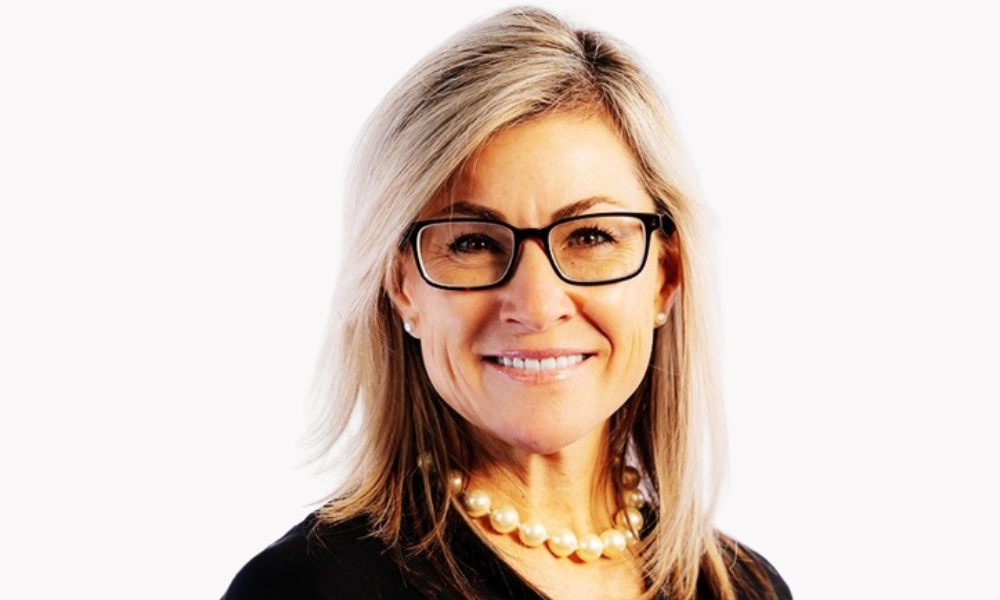Donor-advised funds – do your nonprofit clients understand the risks?

Donor-advised funds – do your nonprofit clients understand the risks? | Insurance Business America
Non-Profits & Charities
Donor-advised funds – do your nonprofit clients understand the risks?
There are benefits and risks to the increasingly popular fundraising tool
Non-Profits & Charities
By
Gia Snape
Donor-advised funds (DAFs) have emerged as a powerful fundraising tool for nonprofit organizations, reshaping how individuals and groups engage in charitable giving.
DAFs offer a streamlined, tax-efficient way for donors to support nonprofits. However, their rise presents both opportunities and risks for the nonprofit sector, one expert told Insurance Business.
Nicole Murphy (pictured), nonprofit directors & officers liability product manager at Travelers, pointed out that DAFs generally come in three forms: community foundations, national funds sponsored by financial institutions like Schwab or Fidelity, and single-issue organizations.
Community foundations are independent charitable entities created to benefit a specific community. These foundations allow donors to contribute through various forms: cash, stocks, securities, or non-traditional assets like private equity, art, or Bitcoin. When donors contribute to these funds, they do so at fair market value.
“This is important because some of the advantages to a donor is that this is tax-free growth for the shared charity,” said Murphy.
Donor-advised funds – what are the benefits and risks for nonprofits?
The appeal that DAFs provide for donors primarily lies in the immediate tax benefits. Donors can reduce their tax liabilities significantly by contributing assets to a donor-advised fund.
For example, if a donor has stock purchased for $6,000 that has appreciated to $10,000, selling it would normally incur capital gains taxes on the $4,000 profit. However, by donating it to a DAF, the donor avoids capital gains taxes entirely.
“It’s a way for them to set up a fund, managed by a sponsor, and get a tax break, while also advising where they’d like the money to go,” said Murphy.
The process is streamlined: once the money is donated, it is no longer the donor’s asset. This irreversible transfer provides a clear line that can reduce potential conflicts or misinterpretations about ownership or control of the funds.
For nonprofits, the benefits of donor-advised funds are evident in the steady flow of contributions they can generate. More money flowing into a community foundation means more resources are available for charitable activities.
“Many donors stick to the same community foundation,” Murphy explained, “so the money keeps pouring in, and you can attract more board members, employees, and volunteers as it grows.”
However, managing these funds is not without its challenges. Nonprofits take on a fiduciary duty to manage the funds wisely, which adds a layer of complexity to their operations. They must ensure the funds are invested properly, which requires expertise and oversight.
Moreover, there is a risk that funds will be donated but not immediately disbursed to charitable activities. Donors may contribute assets and then choose to “sit on it for a while,” said Murphy. This situation leaves the nonprofit in a holding pattern, with assets they cannot use immediately but are expected to manage and grow.
Another layer of complexity involves the privacy and data security implications for nonprofits managing donor-advised funds. Nonprofits must safeguard donor information, which is increasingly challenging in today’s digital landscape.
If a nonprofit lacks adequate cyber protections, it could be an easy target for hackers, putting donor information at risk. The potential fallout from a data breach can be significant, both financially and reputationally.
Murphy highlighted this risk, noting that “nonprofits, especially smaller ones, may not have the resources to implement the necessary cyber hygiene to protect against data breaches.”
How can your nonprofit clients manage risks associated with DAFs?
Despite these challenges, Murphy pointed out that the growing popularity of donor-advised funds has not slowed. She acknowledged that some nonprofits may feel pressured to establish donor-advised funds to compete for donations.
“Organizations that don’t create a donor-advised fund may be losing out to those that do,” she noted. The competitive pressure can drive smaller organizations to adopt donor-advised funds, even if they are not fully prepared for the complexities and risks involved.
Looking ahead, nonprofits must navigate a delicate balance between the benefits and risks of donor-advised funds. On one hand, these funds provide a unique opportunity to attract substantial donations and grow their financial base. However, they introduce a host of new responsibilities and risks, from managing complex financial assets to protecting sensitive donor data.
Murphy emphasized the importance of good governance and clear communication in managing these challenges.
“Having a clear mission and culture that’s communicated both to employees and donors is crucial,” she said. “It’s more important than ever now to have an inclusive culture to attract employees, volunteers, and donors.”
Broader trends in the nonprofit sector could also influence the future use of DAFs. Many nonprofit institutions are moving towards accepting a wider variety of assets online, which requires robust systems for processing and safeguarding these transactions.
“The more outward transparency a nonprofit can offer when someone makes a donation, the better off they are,” said Murphy.
This approach not only builds trust with donors but also ensures that nonprofits are better positioned to manage the complexities of donor-advised funds and other innovative fundraising strategies in the future.
Are you a broker serving the nonprofit space? What are your thoughts on donor-advised funds? Please share your comments below.
Related Stories
Keep up with the latest news and events
Join our mailing list, it’s free!






